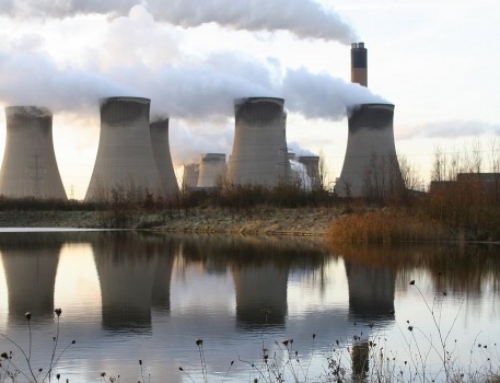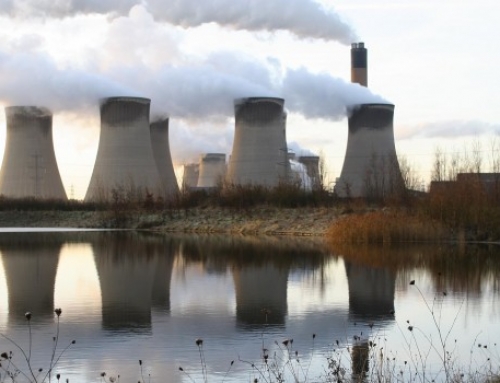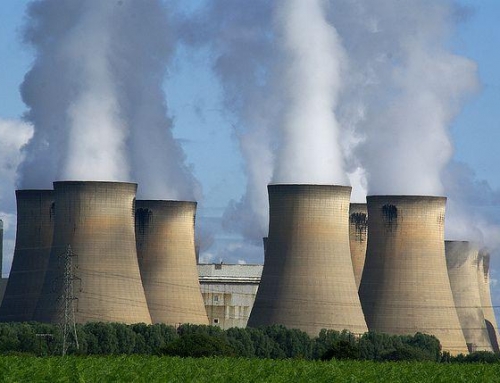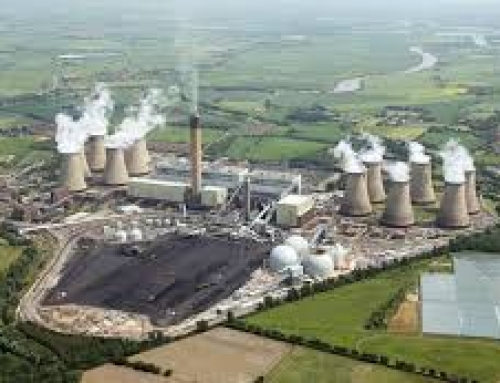The Drax group is still centred on the eponymous power station in Selby, Yorkshire, which in 2012 was the biggest coal-fired power station in the UK, providing nearly seven per cent of the electricity consumed in the UK from its’ six furnaces. Drax was controversial because it used coal.
Today, the same Drax power station provides nearly as much of the UK’s electricity, but using biomass pellets (renewable) for most of its fuel. Biomass can be derived from various sources including woody plants, residue from the timber industry, sawdust and the sugarcane crop.
Indeed, the growing demand for a renewable energy source is one of the factors supporting the use of biomass pellets in the power industry. Four of the Drax furnaces now burn residual wood pellets imported from the States by a wholly-owned Drax subsidiary which was specifically created for the task. More recently, plans have been produced to expand a recently acquired hydro-based power station in Scotland, which would further burnish Drax’ renewable credentials.
The argument in favour seemed convincing enough at the time The pellets come from compressing the residue of lower-value forest products, which arguably do not have a crucial weight in any decision to harvest higher-value lumber and plywood. By planting fresh trees and then managing them “responsibly”, more carbon dioxide is captured than is released by burning. At the time, the then Government’s Green Bank helped with the conversion of Drax’ furnaces, which suggests that the Treasury must have been convinced by the arguments and/or the figures.
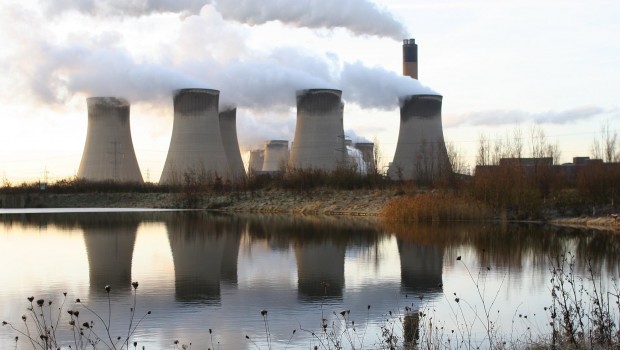
Drax has been trying to phase out its coal plants in favour of having renewable wood pellets facilities
When Drax began the process of converting their furnaces, biomass was very fashionable: but that was more than ten years ago. The controversy today is over whether those American pellets really should be counted as both renewable and sustainable. Can an adequate number of pellets be produced for a sufficiently long time for them to be really sustainable?
In his book “A Trillion Trees” Fred Pearce argues that pellets can be as damaging to the environment as the carbon emissions they are meant to replace. For one thing, emissions produced by transporting pellets across the Atlantic need to be taken into account. There are several ways to address the calculation which lead to quite different conclusions. In addition, there are those who suggest that the recent COP 26 agreement to reverse deforestation by 2030 calls the sustainability argument further into doubt.
In addition there is the related issue of stand-by power to cover the gap when the wind does not blow. Pellets are unlikely to be able to step into the breach. That is not their purpose. But the hope is nonetheless to find a renewable solution to this complicated problem. This wish was reflected in the original Drax plan which was for the last two furnaces not to use coal after March 2021, even though the capacity was to be retained until March 2022, which was well in advance of the UK’s deadline of 2025 to stop using coal altogether. However, it seems that in the summer of 2021 the British solution to the absence of wind was to turn back to coal, or at least to keep alive the possibility of coal.
The pros and cons of the argument about biomass and sustainability matter. The power station at Selby produces more electricity than anywhere else in the country. Biomass is the chosen route for their future. And they have more ambitious plans. The Drax Group’s aim is to become a carbon negative business by 2030, through innovative greenhouse gas removal technology. The question is whether they are going to be allowed to get there.

